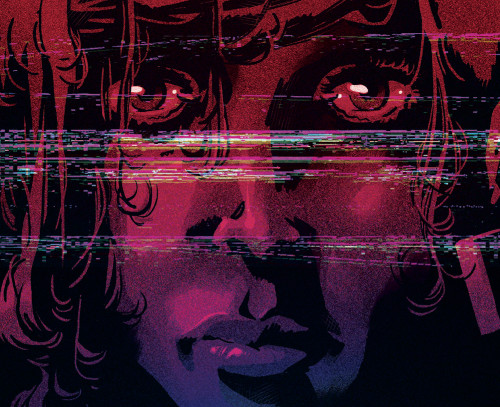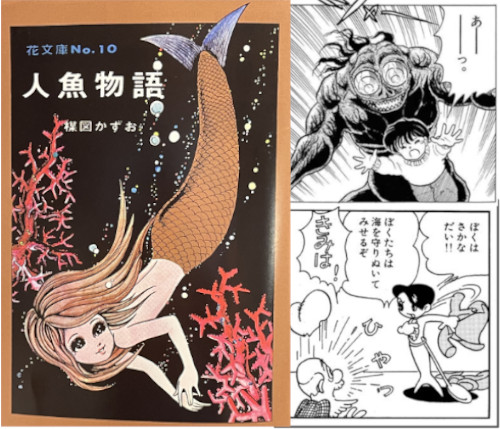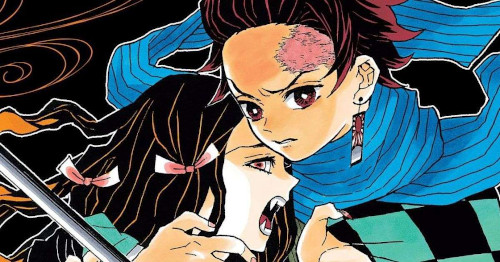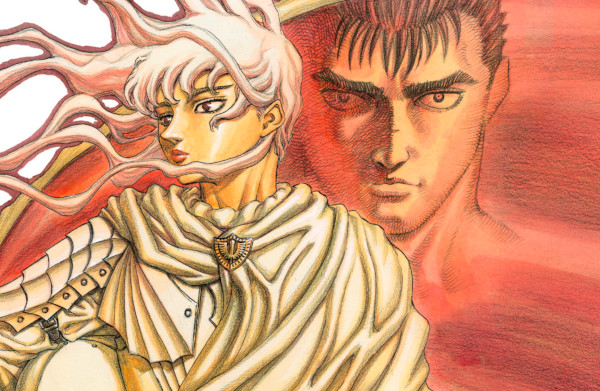
While Kentaro Miura’s Berserk is meant to feature the swordsman character Guts, in volumes 7 and 8 the focus is on Griffith and the progress made – at ANY cost – toward his dream of having his own kingdom, a machine in which Guts is just a major cog. Casca is the other major figure, as Tim and Kumar wonder just what her real feelings for Griffith – and for Guts – might be; why this lengthy flashback has so much less magic in it than the pre-flashback story did; and how Griffith gets from this point into the Godhand.
Brought to you by:
Podcast: Play in new window | Download

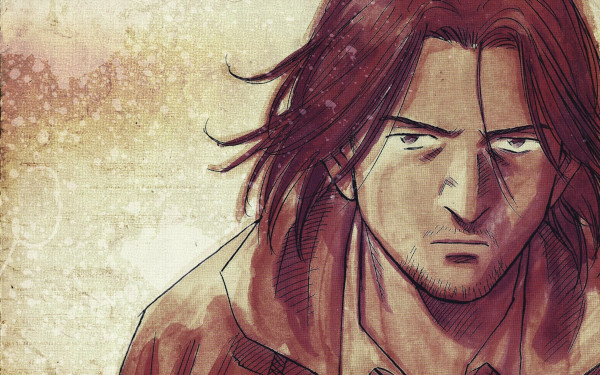

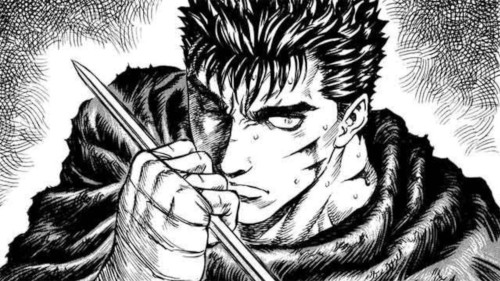 Berserk abruptly ended when creator Kentaro Miura died two years ago, later resurrected by Miura’s assistants and his friend Kouji Mori. Neither Tim nor Kumar had read this violent, complex manga, but it lingered on our to-do list the past two years until a
Berserk abruptly ended when creator Kentaro Miura died two years ago, later resurrected by Miura’s assistants and his friend Kouji Mori. Neither Tim nor Kumar had read this violent, complex manga, but it lingered on our to-do list the past two years until a 